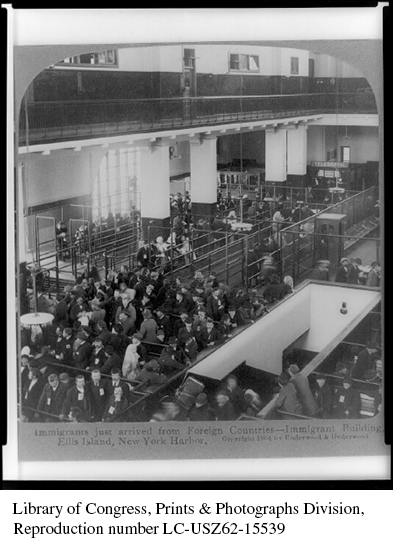Analyzing Visuals: Immigration Then and Now
From the mid-1800s through the early twentieth century, the average number of immigrants to America was around 600,000 per year. This large-scale movement came to be known as the first “Great Wave” of immigration. The majority of these immigrants came from Europe and intended their journey to be temporary, staying only long enough to work and save enough money to improve their prospects upon their return home. America was undergoing massive industrialization at the time, so there was an ever-increasing demand for factory workers. Moreover, studies have shown that the average immigrant during this time made wages comparable to people who were already in the United States, and immigrants tended to advance within their jobs at a commensurate rate.
568
That’s a far cry from the modern immigration landscape, wherein people looking to settle elsewhere sometimes have to take drastic and even dangerous measures to do so. What’s more, those who make it face other difficulties and challenges when they reach their destinations, especially if they have entered a new country without proper documentation. In addition to social stigmas that some people thrust upon nonnative residents, many immigrants earn much lower wages than native workers, especially if they have come from less developed countries. Yet as of 2015, an estimated 244 million people — roughly 3.3 percent of the world’s population — lived outside their country of origin.

569


570

Topics for Critical Thinking and Writing
Even if you knew nothing about the history of immigration, what kinds of differences would stand out to you between the early-twentieth-century photos versus the pictures from 2015?
Compare the two images that depict immigrants making journeys via boat. What kinds of figurative meanings, if any, do you read from each image?
Examine the two photos of immigrants who have just arrived at their destinations. How do these images contrast? Do they imply that people immigrating in 1900 faced similar challenges to people immigrating now? Why, or why not?